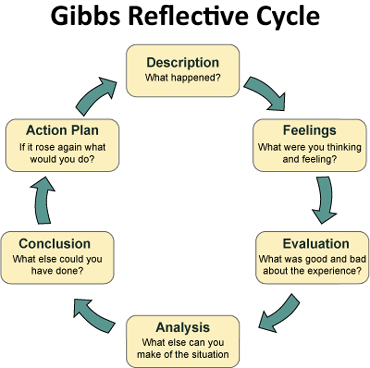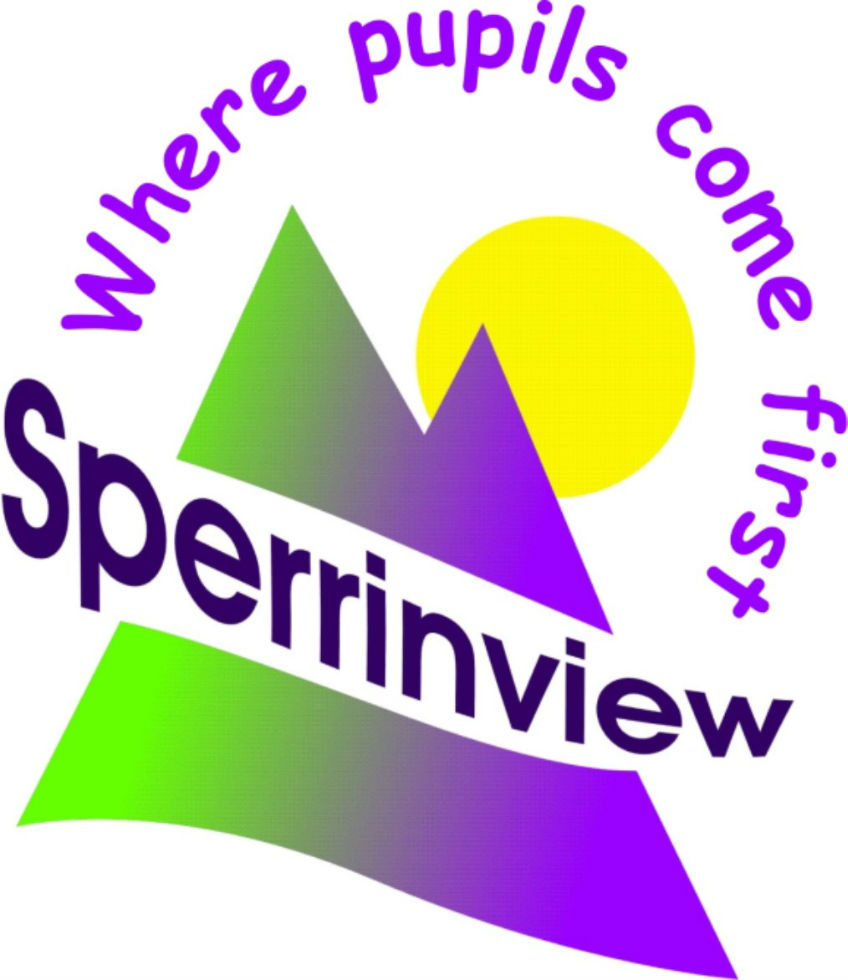

When I started pouring my thoughts into my personal statement for the Music Therapy Work-Based Learning Placement, I couldn’t help but drift back to the tunes that shaped the soundtrack of my life. From the cheerful melodies that danced through celebrations to the comforting notes that whispered solace during tough times, music was more than just a background melody; it was my anchor. And that’s when it hit me – I wanted to turn this personal connection into a calling, a career that resonated with the beating heart of who I am.
As I scoured the list of placement providers sent by the university, a glimmer of hope emerged in the form of Everyday Harmony, a music therapy company. Excitement fueled my fingers as I fired off an email, only to be met with a reality check – funding woes meant no room for students this year. Undeterred, I picked up the pieces and set my sights on Dementia NI, hoping for a different tune.
A phone call with them painted a different picture, and though it wasn’t exactly what I had in mind, a compassionate voice on the other end extended a lifeline. “Not the right fit? No worries. If you hit a dead end, come back to us, and we’ll help you find your way,” she reassured. Grateful for the lifeline, I decided to bend the rules a bit.
I shot an email to one of my tutors, asking the daring question – could I venture off the list and closer to home? To my amazement, the answer was a resounding yes. Armed with newfound freedom, I discovered a special needs school just a half-hour away. It seemed like fate had a plan.
My initial outreach was met with a surprisingly quick response from Ruth, the contact person at the school. The first email sealed the deal, or so it seemed. Reality, however, had other plans. The following days turned into a saga of missed calls, unanswered emails, and a lingering feeling of uncertainty. Communication became my adversary, and anxiety, a constant companion, made the struggle all the more real.
In the midst of this whirlwind, I stumbled upon Gibbs Reflective Cycle – a fancy term for a tool that helped me make sense of the chaos. It became a compass, guiding me through the maze of emotions and challenges.
Describing the situation laid out the sequence of events, from the initial excitement to the growing anxiety as the communication lines faltered. Feeling the mix of emotions – excitement, anxiety, and a dash of self-doubt – made it all too real. Evaluating the situation forced me to confront the anxiety head-on and recognize it as a natural part of stepping into the unknown.
Analyzing the dynamics of communication highlighted the challenges faced by both sides – busy schedules, limited resources, and the unrelenting ticking of the clock. Yet, it also sparked a shift in perspective, a realization that sometimes, things just take time.
Concluding this rollercoaster ride, I found myself at a crossroads – succumb to the anxiety or press on. The unwavering passion for music therapy became my anchor, and the support from my tutor and eventual contact with Ruth became beacons of hope.
Planning action became the final act, a commitment to proactive communication, utilizing every possible channel, and setting clear expectations. The journey, though challenging, had taught me that persistence was the key to unlocking opportunities.
Securing the placement was a victory, but the real test lay ahead. An Access NI check added a layer of responsibility, and the day in August loomed, a mix of excitement and nervousness. Stepping into the school felt like crossing a threshold. The tour unveiled the world where I would soon contribute to the well-being of special needs students through the magic of music therapy.
Reflecting on the journey, I marveled at the growth – both personal and professional. This wasn’t just about changing jobs; it was about overcoming anxiety, embracing change, and turning a passion into a purpose. As I take those first steps into the special needs school, I carry with me the melodies of resilience, the harmonies of determination, and the lyrics of a journey that reaffirms the transformative power of music. This isn’t just a placement; it’s a chance to give voice to the unsaid and be a part of a symphony that heals.
Week 1 – Thursday 28th September (10:30 am-1:45 pm) (3.5h)
Today marked the commencement of my placement, a day dedicated to establishing connections, not only with my surroundings, but also with these young learners. I found myself in the vibrant P1/P2 class, a group of eight little individuals, each with their distinctive mode of communication. Alongside me, there’s the guiding presence of the teacher and wonderfully supportive classroom assistants.
During our circle time, we delved into some lively autumn songs, and we even incorporated leaves from outside to infuse a natural element. In this environment, we were delving into elements of music therapy, purposefully utilizing music and sensory components to connect with the non-verbal students. We introduced autumn-themed songs and introduced leaves to create a comprehensive sensory experience. The primary objective was to encourage communication and self-expression in a therapeutic, musical manner.
Week 2 – Wednesday 4TH October (9 am-3 pm) (6h) (9.5h)
Continuing to work with the same class as last week, our musical activities were a bit more subdued today. Nevertheless, I’m gaining invaluable insights into effectively supporting individuals with autism. I’ve discovered that incorporating singing, even during everyday tasks like handwashing, can be a powerful way to engage the students.
Singing, as it turns out, provides structure and predictability, engaging their senses and facilitating communication. It aids in keeping emotions balanced, making tasks more enjoyable. Moreover, it fosters social interaction and offers positive reinforcement, enhancing the overall learning experience.
Week 3 – Thursday 26th October (5h)
I am with the same class. We did a sensory circuit within this circuit we have a music button that helps the pupils communicate, for example, one that says hello & goodbye. It is the week of Halloween, so we are doing Halloween-based activities; therefore, we put Halloween music on and let the pupils express themselves through it. One of the students whom the teachers haven’t heard speak before sang two words of the song.
Week 4 – Thursday 6th November (5h)
We started the day with a super catchy welcome song played on the guitar, and it was heart-warming to see the kids tapping along. The highlight was a collaborative art project where each child got to pick an instrument and add their special touch to a giant musical mural. From tiny fingers on xylophones to little hands-on drums, it was a masterpiece of joy and creativity.
Later, we gathered in a cosy circle for what we called the ‘Feeling Fun.’ Since the kids are non-verbal, we used expressive instruments to explore emotions. Each child took turns choosing an instrument to represent a feeling – maybe a bouncy drum for happiness or a gentle chime for calmness. The excitement in their eyes said it all.
As a special treat, we introduced a magical instrument that produced enchanting sounds. With their eyes closed, the kids embarked on a sensory journey through sound. It was amazing to witness their pure delight and engagement in this imaginative musical adventure.
Reflecting on today, I’m reminded of the incredible power of music to connect with these little ones, even without words. Each instrument became a tool for expression and communication, making the day not just educational but full of joy and connection.
Conclusion:
The Music Therapy Work-Based Learning Placement has been a profound journey marked by self-discovery and professional growth, unravelling the transformative potential of music in the lives of special needs students. From the initial challenges of securing a suitable placement provider to the triumphant moment of gaining a meaningful opportunity, each step illuminated the importance of resilience and unwavering dedication.
The weekly reflections offer a rich tapestry of experiences, showcasing the evolving understanding and application of music therapy techniques. Whether weaving autumn songs to create sensory experiences or recognizing the power of singing as a potent tool in engaging students with autism, the placement unveiled the versatile and therapeutic nature of music. Activities themed around Halloween and collaborative art projects emphasized the deep connection between music and self-expression.
At the heart of the placement, the ‘Feeling Fun’ session stood as a testament to the profound impact of expressive instruments in exploring emotions. The introduction of a magical instrument guiding students on a sensory journey through sound exemplified the transformative potential of music therapy, fostering not only joy but profound engagement.
In conclusion, this placement serves as both a reaffirmation of the significance of music therapy in special education and a testament to personal resilience and growth. As the echoes of resilience, determination, and the transformative power of music reverberate, this experience becomes a poignant reminder of the profound impact that music can have on individuals who may face challenges in traditional communication.
In referencing the sources:
- Gibbs, G. (1988). Learning by Doing: A Guide to Teaching and Learning Methods. Oxford: Oxford Centre for Staff and Learning Development.
- Dementia NI. (n.d.). Dementia NI. Retrieved from https://www.dementiani.org.


/*! elementor – v3.14.0 – 26-06-2023 */
.elementor-widget-google_maps .elementor-widget-container{overflow:hidden}.elementor-widget-google_maps .elementor-custom-embed{line-height:0}.elementor-widget-google_maps iframe{height:300px}
https://www.youtube.com/watch?v=ZXKBc7kqQ7A